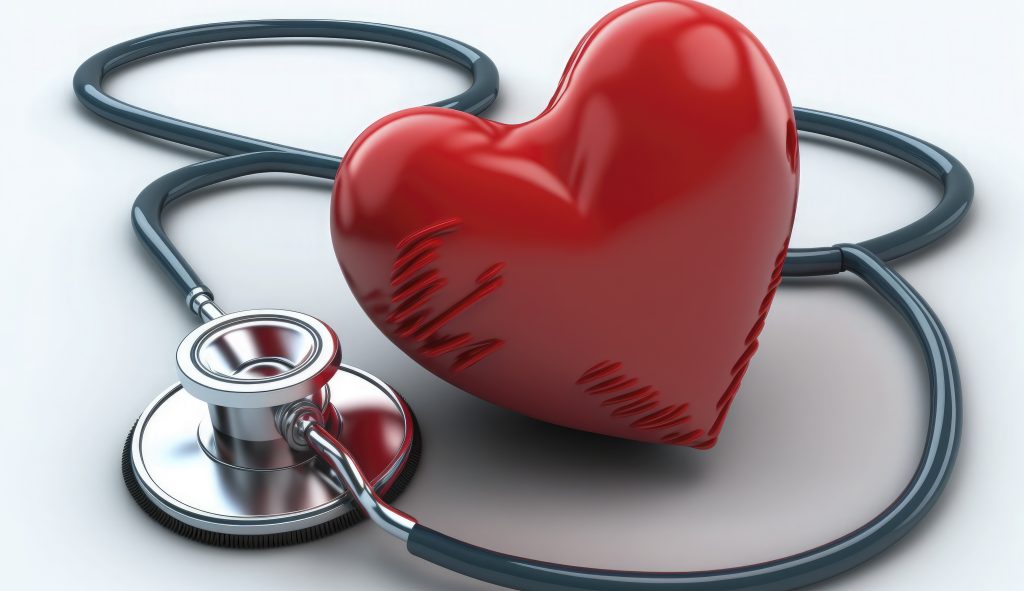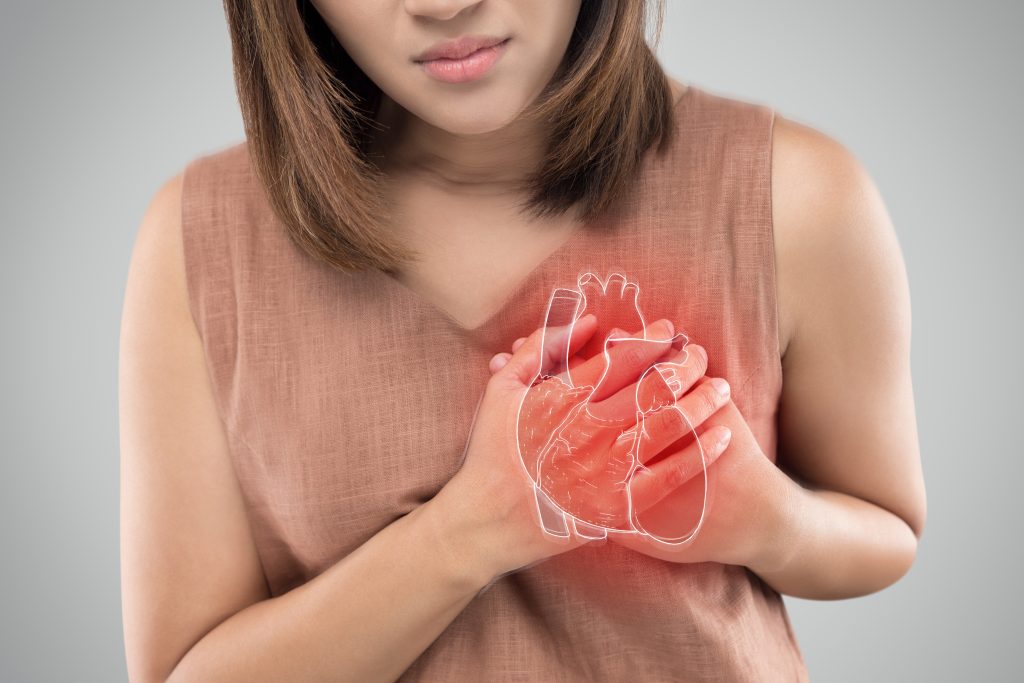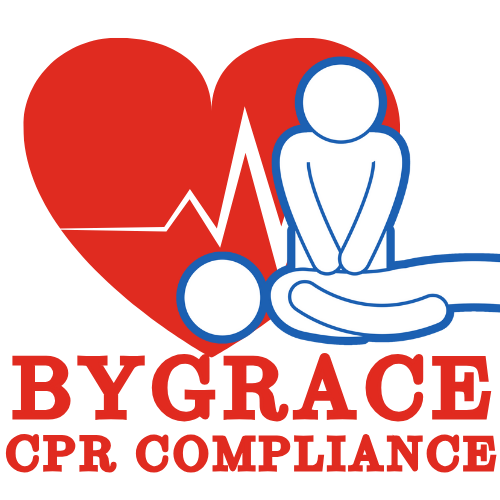
“Heart failure is a serious condition that affects millions of people around the world. It occurs when the heart is unable to pump enough blood to meet the body’s needs. There are many risk factors for developing heart failure, but there are also many things people can do to reduce their risk.
in addition to heart failure, Cardiac arrest can affect people with heart problems.
This article will provide an overview of heart failure, including its causes, symptoms, diagnosis, and treatment options.
“What is Heart Failure?: it is a condition that occurs when the heart is unable to pump enough blood to meet the body’s needs, When the heart isn’t pumping enough blood, it can cause fluid to build up in the lungs, legs, and abdomen. This can lead to shortness of breath, swelling, and fatigue.”
There are two main types of Heart Failure Systolic heart failure and Diastolic heart failure.
Systolic heart failure occurs when the heart’s pumping power is reduced, and it can’t effectively pump blood throughout the body.
Systolic heart failure is the most common type of heart failure, and it can be caused by a number of factors, including coronary artery disease, high blood pressure, diabetes, and smoking.
It can lead to symptoms like shortness of breath, fatigue, and swelling.
Diastolic heart failure occurs when the heart’s ability to fill with blood during the resting phase is reduced.
Diastolic heart failure is less common than systolic heart failure, but it can still have serious consequences. It’s most often caused by high blood pressure and hardening of the arteries. Symptoms can include shortness of breath, fatigue, and swelling.

There are many different causes of heart failure, but the most common is coronary artery disease. Coronary artery disease is caused by a buildup of plaque in the arteries that supply blood to the heart.
Other causes of heart failure include high blood pressure, cardiomyopathy, and valvular heart disease. These conditions can all cause the heart to weaken over time, leading to heart failure.
Sometimes, a viral infection or alcohol abuse can also cause heart failure.
Other conditions that can also cause heart failure, like obesity, diabetes, thyroid disease, and sleep apnea.
Certain medications, such as some chemotherapy drugs, can also damage the heart and lead to heart failure.
Sometimes, heart failure can be caused by other diseases, like HIV, amyloidosis, and hemochromatosis.
Some people are born with a congenital heart defect that can eventually lead to heart failure.
So, let’s talk about how some of these conditions can cause heart failure. For example, obesity can lead to high blood pressure and diabetes, which can damage the heart.
Sleep apnea can cause irregular heart rhythms and increase the risk of heart failure.
Amyloidosis is a condition in which abnormal proteins build up in the heart, and hemochromatosis is a condition that causes too much iron to build up in the heart.
There are a few common symptoms of a heart attack. The most well-known symptom is chest pain, which is often described as pressure, squeezing, or pain in the center of the chest.
There are some symptoms that are common to both systolic and diastolic heart failure. These include shortness of breath, fatigue, and swelling. Other common symptoms include coughing, a rapid or irregular heartbeat, dizziness, and confusion.
Sometimes, people with heart failure may also experience rapid weight gain due to fluid retention. Some people with heart failure may also experience depression, anxiety, or insomnia. If you’re ever concerned about any of these symptoms, you should always talk to your doctor.
There are a few other symptoms that are less common but still important to know about.
Some people may experience sudden fatigue, confusion, or excessive sweating. Some people may also feel anxiety, an irregular heartbeat, or a sense of impending doom.
For shortness of breath, people with Diastolic heart failure may feel like they can’t catch their breath or like they’re gasping for air. This can be especially noticeable when they’re doing activities like walking up stairs or exercising. Fatigue is another common symptom, and it can be so severe that it interferes with everyday activities. Swelling, or edema, is another symptom, and it’s often seen in the legs, ankles, and feet.
Another common symptom is a rapid or irregular heartbeat is called arrhythmia, and it can cause lightheadedness, dizziness, or fainting. Other symptoms can include chest pain, nausea, and decreased appetite. It’s important to note that not everyone with diastolic heart failure will experience all of these symptoms, and the severity of the symptoms can vary from person to person. Some people may only have mild symptoms, while others may have more severe symptoms.
There are some additional symptoms that are more specific to Systolic heart failure. These include difficulty breathing when lying down, pink or white patches of skin that retain a handprint when pressed, and pain or discomfort in the neck, jaw, back, or arm. Additionally, people with systolic heart failure may experience a loss of appetite or nausea and vomiting. Sometimes, the skin may also take on a bluish tinge, a condition called cyanosis. Do you have any other questions about the symptoms of systolic heart failure?
It’s important to call 911 if you think you’re having a heart attack, even if you’re not sure. Early treatment can save your life.
There are several different treatments for a heart attack.
The first goal of treatment is to restore blood flow to the heart as quickly as possible. This can be done with a procedure called angioplasty or with medication.
Angioplasty, which is a procedure that can open blocked arteries. During this procedure, a small tube called a catheter is inserted into an artery in the groin or arm. The catheter is then guided to the blocked artery. A small balloon is inflated to open the artery, and a stent may be placed to keep the artery open.
The catheter is then removed, and the artery is allowed to heal. This procedure can often be done quickly, which means less damage to the heart.
After blood flow has been restored, the next goal is to prevent further damage to the heart. This can be done with medication and lifestyle changes, such as quitting smoking and exercising regularly.
Over time, some people may need surgery to repair or replace damaged heart valves.
Another common treatment for a heart attack is medication.
There are several different types of medication that can be used, including clot-dissolving drugs, beta blockers, and ACE inhibitors.
Clot-dissolving drugs, such as tPA, help to break up the blood clot that is blocking the artery.
Beta blockers help to slow the heart rate and reduce the heart’s workload.
ACE inhibitors help to lower blood pressure and prevent the heart from working too hard.
Okay, let’s move on to the prevention of heart attacks.
One of the most important things you can do to prevent a heart attack is to eat a healthy diet. This means eating lots of fruits, vegetables, and whole grains, and limiting your intake of saturated fat and salt.
It’s also important to stay active, and to get at least 30 minutes of exercise each day. In addition to eating a healthy diet and getting regular exercise, it’s also important to stop smoking and to manage stress. These lifestyle changes can make a big difference in your risk of having a heart attack.

let’s talk about some of the risk factors for heart disease. Some risk factors, such as age and family history, can’t be changed.
However, there are many risk factors that you can change, such as high blood pressure, high cholesterol, and diabetes.
It’s important to be aware of your risk factors and to work with your doctor to manage them. Some other risk factors include being overweight, smoking, and having a sedentary lifestyle.
Studies shows Heart disease is the leading cause of death in the United States.
When the heart is weakened by heart failure, it can become less efficient at pumping blood throughout the body.
This can lead to a buildup of fluid in the lungs, which is known as pulmonary edema. If this condition is not treated, it can lead to low blood pressure and inadequate blood flow to the heart. When this happens, the heart can go into a life-threatening arrhythmia, which is an irregular heartbeat. This can cause the heart to stop beating, which is known as cardiac arrest.
While heart failure and cardiac arrest are two separate conditions, they are often closely linked. Both conditions can have serious consequences if not treated promptly.
However, there are many things that you can do to reduce your risk of both heart failure and cardiac arrest. These include eating a healthy diet, exercising regularly, and stopping smoking.
It is important to know the warning signs of a heart attack and to seek medical help right away if you experience any of these signs. By taking these steps, you can reduce your risk of heart failure and cardiac arrest.

0 Comments